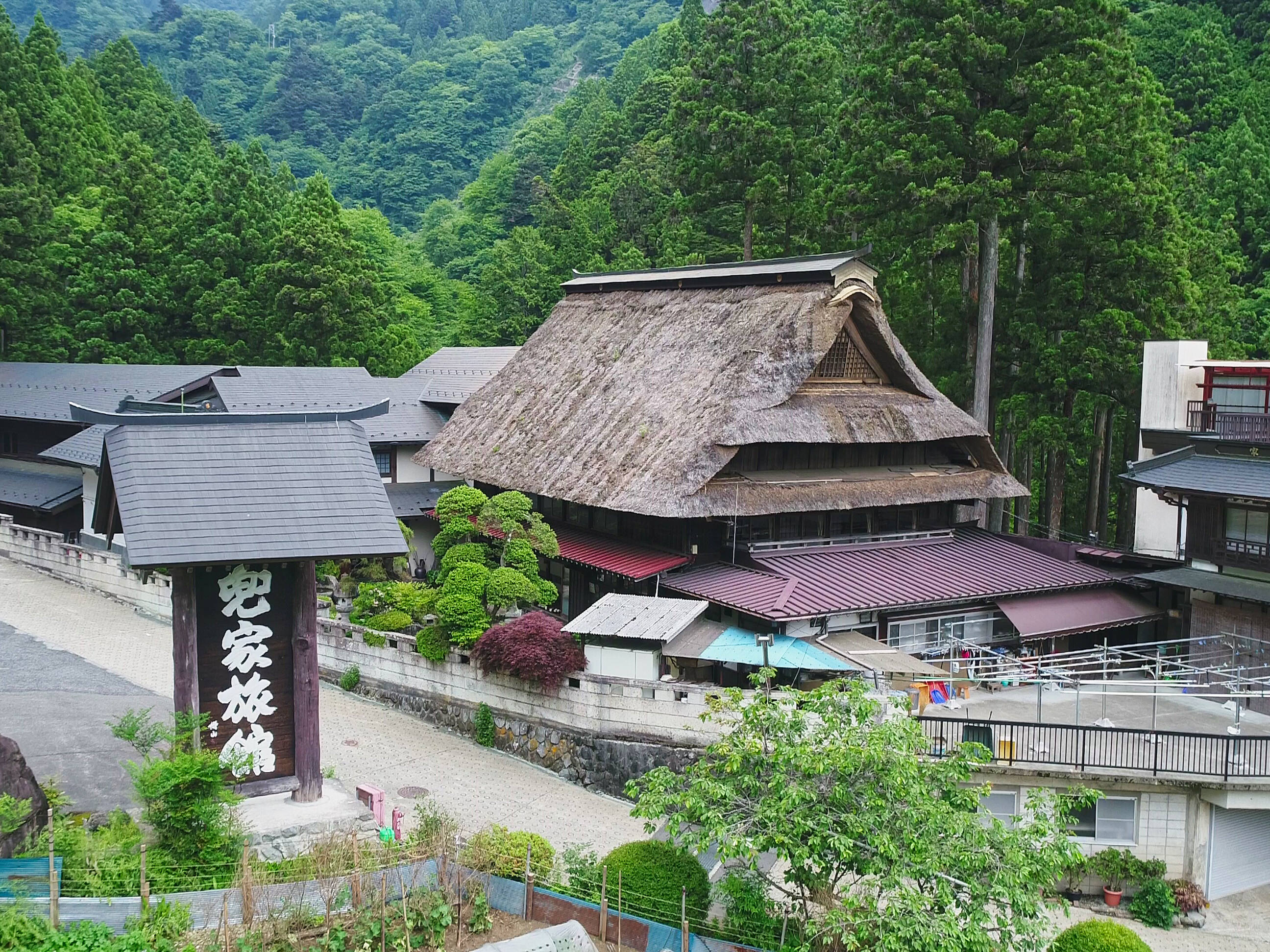In its previous iterations, the Imperial Hotel Tokyo was a showcase of various architectural styles and designs that uniquely illustrated its historical and cultural significance.
As the Watanabe House from 1890 to 1922, the hotel exemplified German neo-Renaissance designs, with its blend of classical Western style columns and pillars, Mansard roofs, Dormer windows, entablatures, pediments, and arched windows.
As the Wright House from 1923 to 1967, the hotel presented itself as a unique vision of Wright’s concepts for Mayan Revival architecture, a common theme in Wright’s designs. Among its hallmarks were the consistent use of flat and square surfaces, whether in vertical or horizontal orientation, for walls and roofs, as well as its external earthy tones and colors. This is even more apparent in the interior, with the extensive use of repeated Mayan geometric patterns set in stone in between the blocky brick walls. Western influences included the use of more austere pillars for courtyards and terraces, while the Eastern influences can be seen in the wide roofs.
In its third form from 1970 to 2024, the hotel took on a more modern and Brutalist approach to its construction. It finally embraced high-rise development, now featuring 20 floors in a vertically and rectangularly shaped structure. Its features were now smoother and grayer in color. Windows were simple glass squares without balconies or arches. Structural supports were vertical pillars of either square or circular shape. Internally, features and furnishings aligned more with traditional Japanese architecture but with minimalist touches. Wood materials and colors were now prominent inside, while rooms were similarly Mid-Century Modern and Brutalist with their flat and square surfaces and furniture. Aside from modern conveniences, the hotel also integrated accessibility features such as wheelchair-accessible elevators, bathrooms, doors, and others.




































